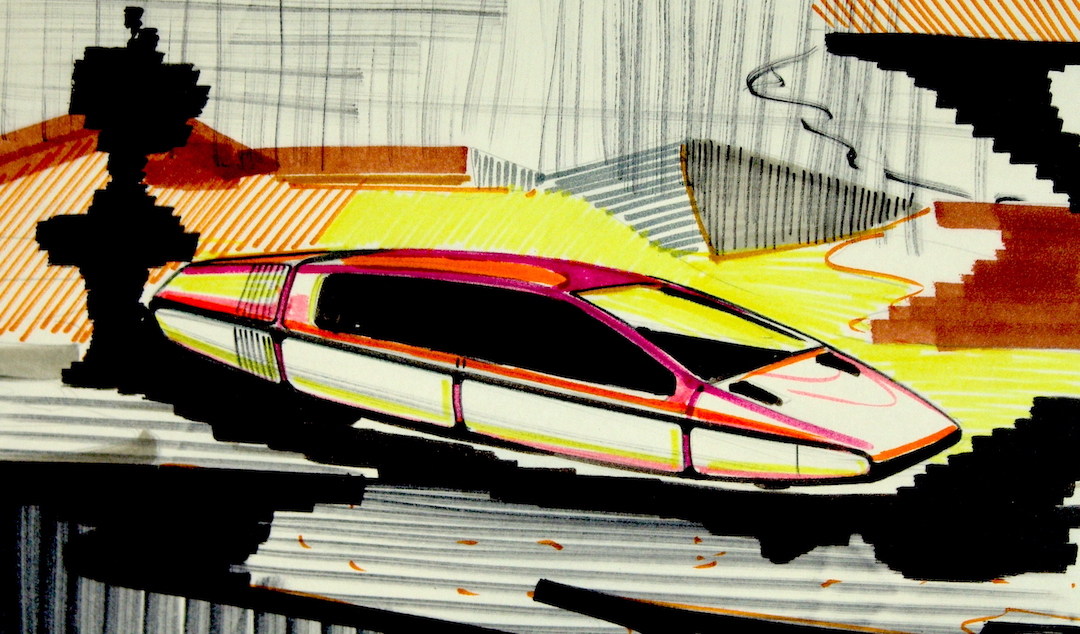NSU RO 80-1971

1971 Pininfarina NSU RO80
At the end of the seventies, in a period in which there was and assumed further interest in high-end cars, mainly inspired by classicism and mainly three-volume models, Pininfarina attempted to develop the theme using the chassis of the NSU 80 and relative Wankel motorization. Motorization that in those years was viewed with curiosity and skepticism, so it needed to be supported by a relatively innovative but not exaggerated image, since it was believed that adding a strangeness to strangeness would give negative results. For my part, I must say that I tried to leave all the archetypes out of the way, trying to brush up on the "Module" concept that is very well perceived from the drafts. led to various practical, ergonomic and implementation problems. Today, however, with the development of electronics and the use of new materials, everything would be easier and more feasible. For example, it was not possible to think of a new type of front and rear lights, it was not possible to adopt a different instrumentation than the analogue one and even less to use controls and switches that were not produced, even the wheel rims were "normal" and the front and rear bumpers reflected US standards.
The platform and the mechanics were completely standard, with narrow roadways, pedals and driving position, modifications were not accepted if not minimal. At one point I decided to literally "saw" part of the roof and create an open and later closed luggage compartment. The first four-seat luxury sedan was born. The problem was that at the time the "pick-up" was not even known what it was or at least it was relegated to memories of the provincial cities of the American west and therefore did not push the image in that direction, also because it was difficult explain the need for an external luggage rack. It gave the feeling of "peasant" and then there was nothing to transport, if not suitcases or small packages. Magazine today, I think it could, appropriately revisited, be the forefather of a new type of high-end car, maybe a little "snobbish", but useful to carry many of the innumerable gadgets to which it seems we can no longer give up. Many are trying today and sooner or later this idea will be resumed.

1971 Pininfarina NSU RO80. - Prototipo funzionante
Alla fine degli anni settanta, in un periodo in cui vi era e si presumeva un’ulteriore interesse per le vetture di alta gamma, principalmente ispirate al classicismo e modelli principalmente a tre volumi, in Pininfarina si tentò di sviluppare il tema utilizzando il telaio della NSU 80 e relativa motorizzazione Wankel. Motorizzazione che in quegli anni era vista con curiosità e scetticismo, quindi necessitava di essere supportata da un’immagine relativamente innovativa ma non esagerata, poiché si riteneva che aggiungere una stranezza alla stranezza avrebbe dato risultati negativi. Da parte mia devo dire che cercai di abbandonare in partenza tutti gli archetipi, cercando di rispolverare il concetto “Modulo” che si percepisce molto bene dalle bozze La soluzione ipotizzata in partenza era realizzabile, ma purtroppo, nell'eventuale sviluppo per la produzione, avrebbe portato a diversi problemi di ordine pratico, ergonomico e realizzativo. Oggi invece, con lo sviluppo dell’elettronica e dell’uso di nuovi materiali tutto sarebbe più facile e fattibile. Ad esempio, non era possibile pensare ad una nuova tipologia di fanaleria anteriore e posteriore, non era possibile adottare una strumentazione diversa da quella analogica e tanto meno utilizzare comandi ed interruttori che non fossero di produzione, anche i cerchi ruota erano “normali” ed i paraurti anteriori e posteriori rispecchiavano le normative USA.
Il pianale e la meccanica erano totalmente di serie ,con carreggiate strette ,pedaliera e assetto guida , non erano accettate modifiche se non minime. Ad un certo punto decisi di "segare" letteralmente parte del tetto e creare un vano bagagli esterno aperto e successivamente chiuso Era nata la prima berlina pick-up quattro posti di lusso. Il problema era che all'epoca il "pick-up" non si sapeva neanche cosa fosse o perlomeno si relegava a ricordi delle città di provincia dell’ovest americano e quindi non si è spinta l’immagine in quella direzione, anche perché era difficile spiegare la necessità di un portabagagli esterno. Dava la sensazione di "contadino" e poi non vi era nulla da trasportare, se non valige o piccoli colli. Rivista oggi, , ritengo che potrebbe, opportunamente rivisitata, essere la capostipite di una nuova tipologia di auto di alta gamma, magari un po’ "snob", ma utile per trasportare molti degli innumerevoli gadget ai quali sembra non si possa più rinunciare. Molti oggi ci stanno provando e prima o poi questa idea sarà ripresa.
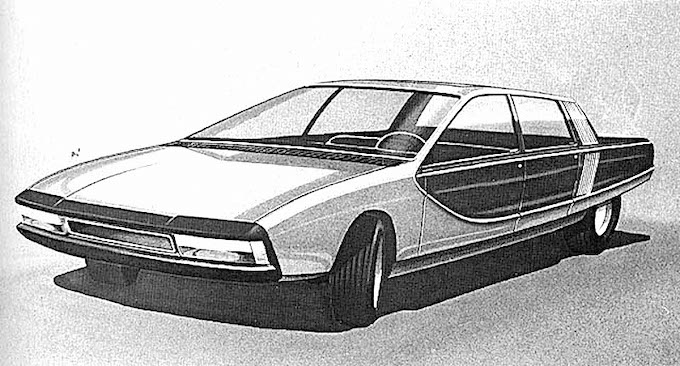
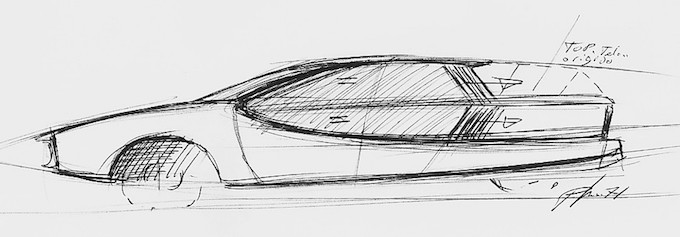
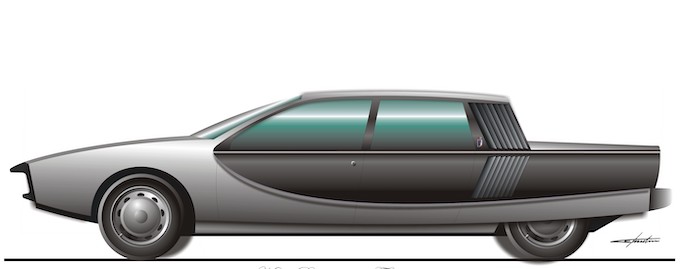
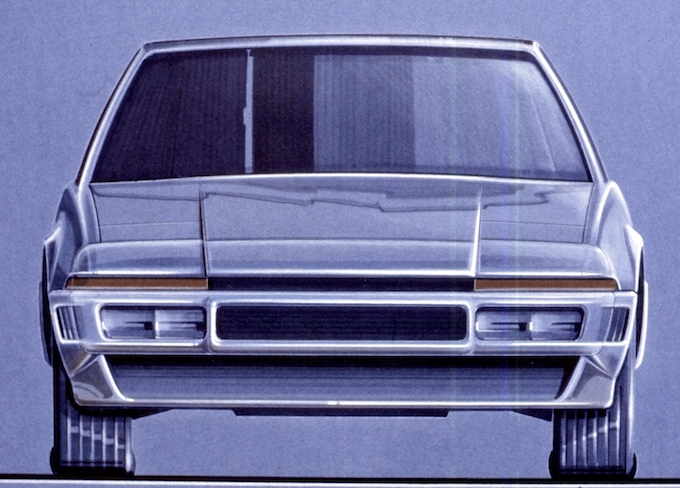
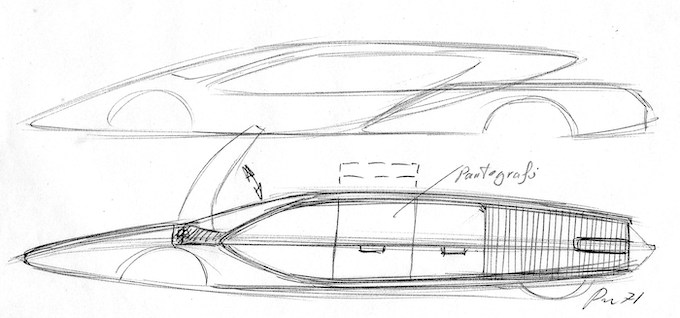
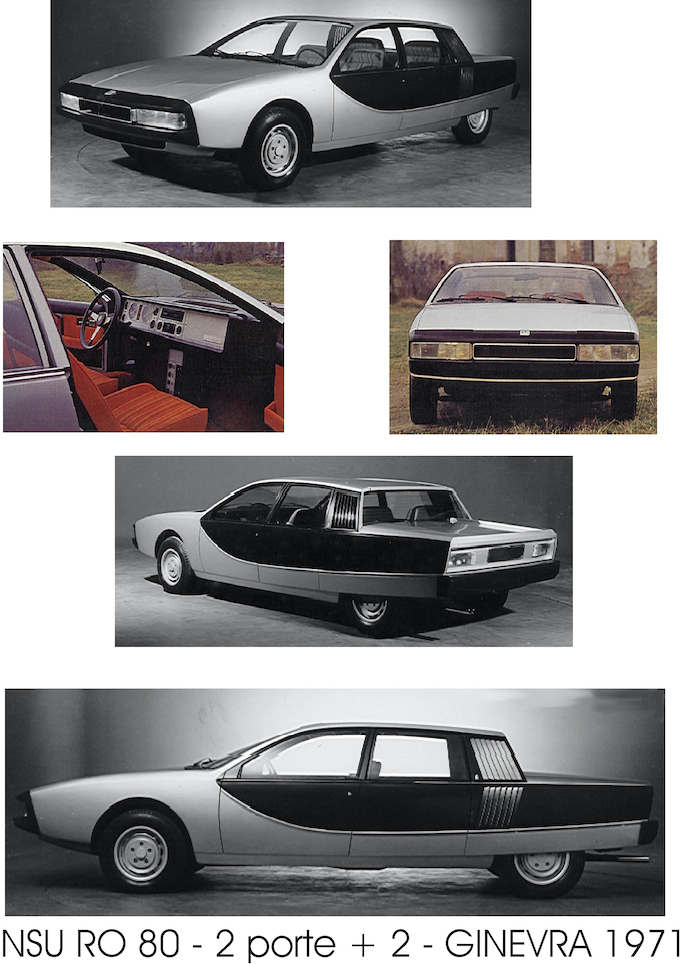
 English (United Kingdom)
English (United Kingdom)  Italiano (Italia)
Italiano (Italia) 
